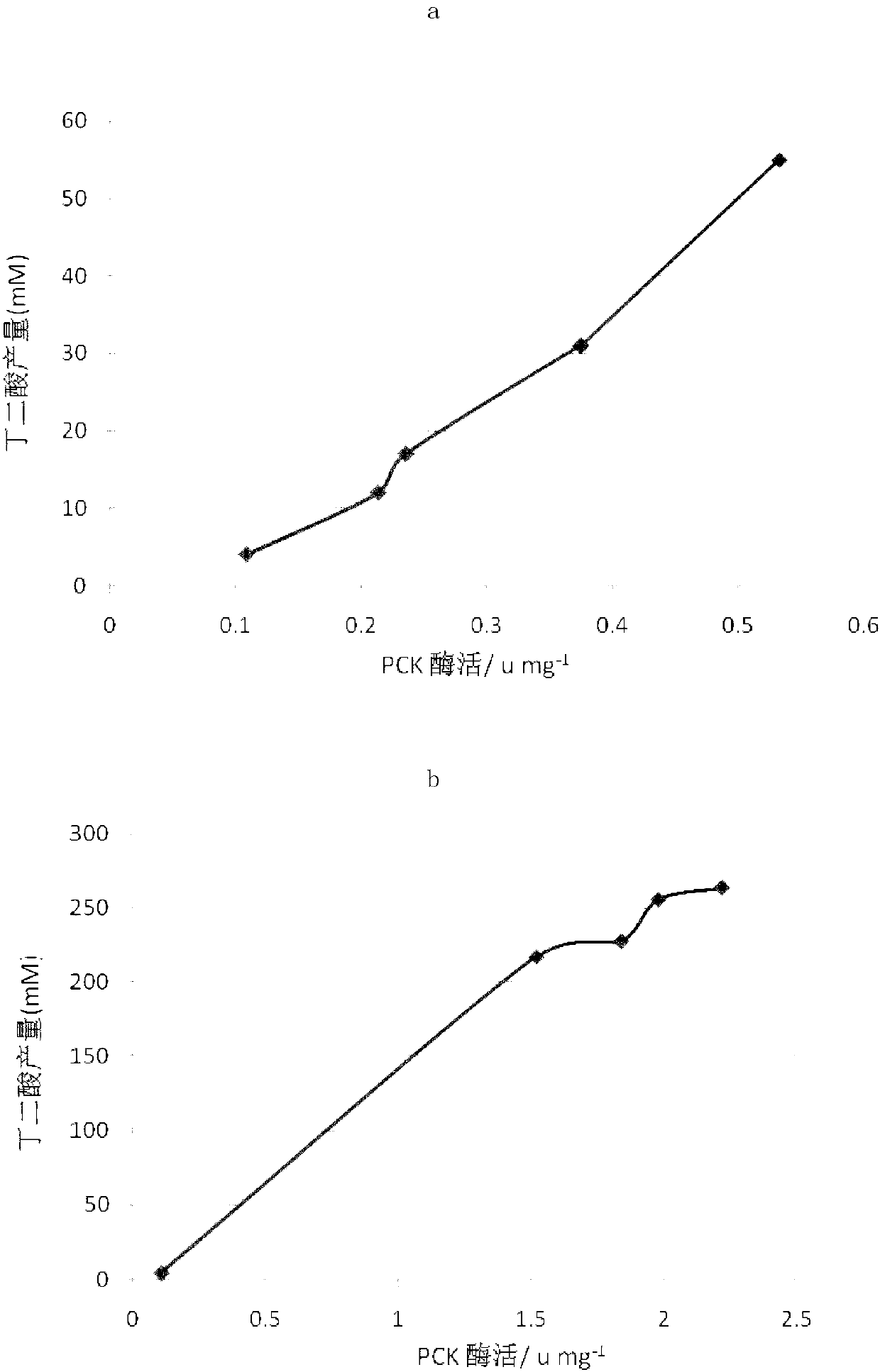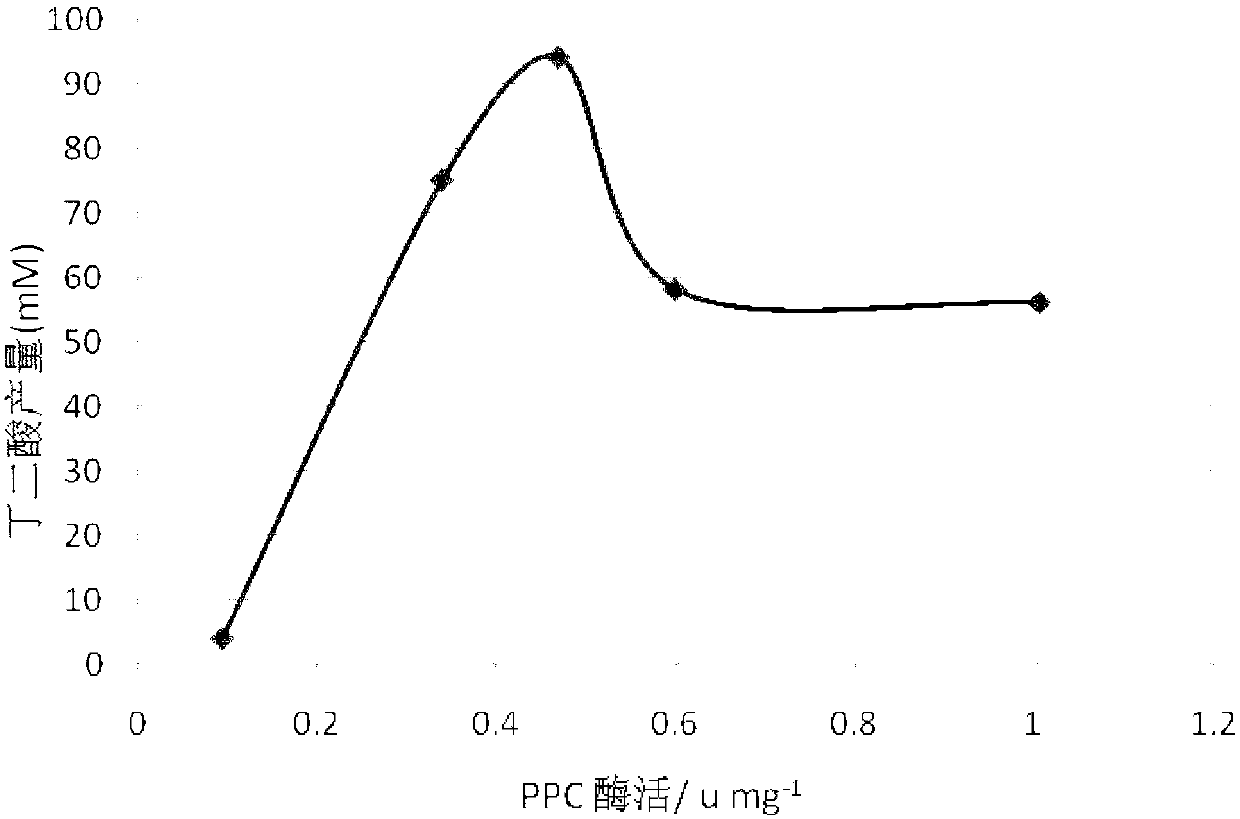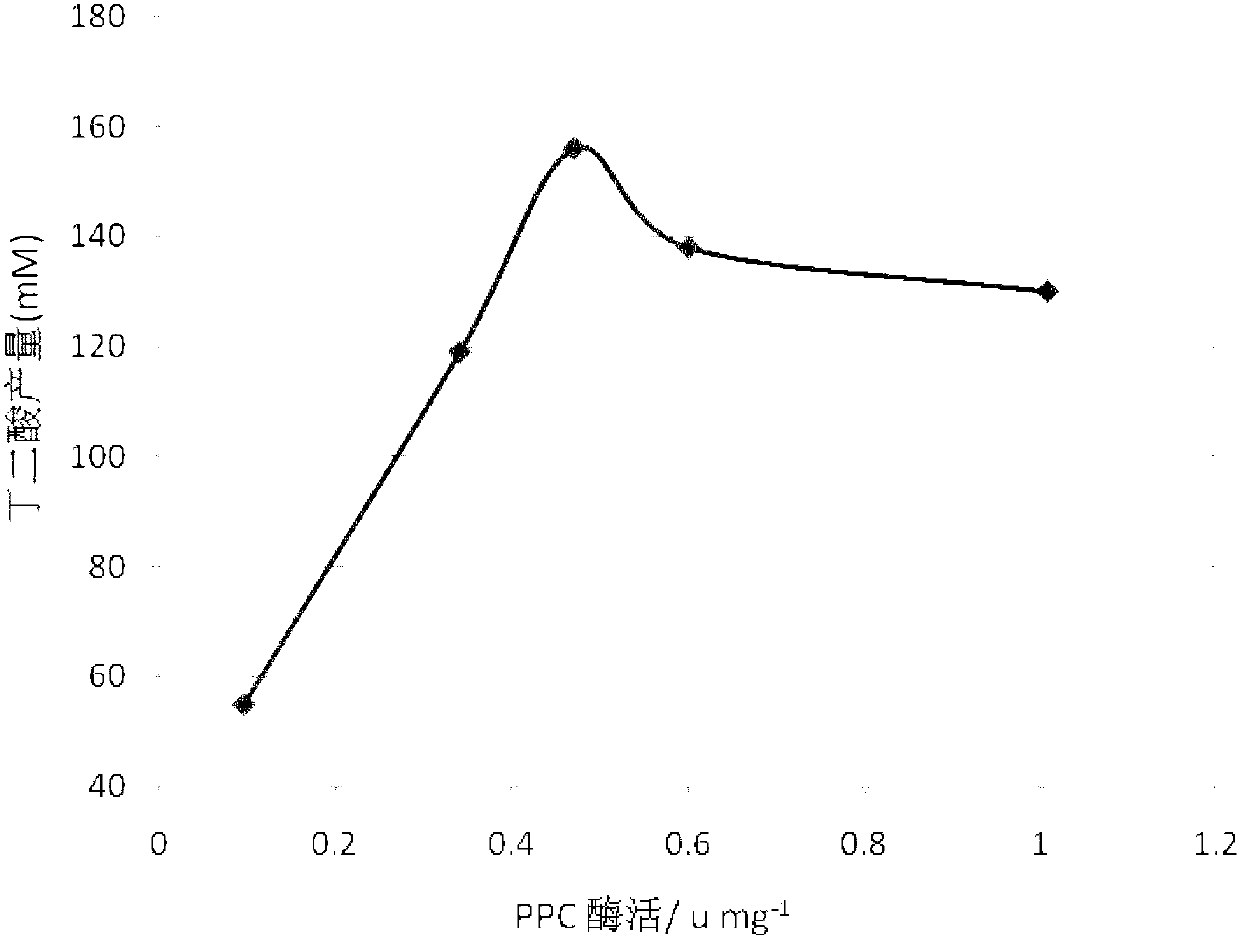Recombinant bacteria for increasing yield of succinic acid and construction method thereof
A technology of recombinant bacteria and Escherichia coli, applied in the biological field, can solve problems such as energy loss, low affinity, and slow speed
- Summary
- Abstract
- Description
- Claims
- Application Information
AI Technical Summary
Problems solved by technology
Method used
Image
Examples
Embodiment 1
[0053] Embodiment 1, the construction of Escherichia coli ATCC8739 mutant strain recombinant Escherichia coli Suc-T108
[0054] 1. Construction of plasmid pXZ-CS
[0055] There are four steps in the plasmid construction procedure:
[0056] In the first step, the plasmid pACYC184 (Mok, Y.K., Clark, D.R., Kam, K.M. and Shaw, P.C. BsiY I, a novel thermophilic restriction endonuclease that recognizes 5'CCNNNNNNNGG3' and the discovery of a wrongly sequenced site in pACYC177.Nucleic Acids .1991,19:2321-2323; the public can obtain from Tianjin Institute of Industrial Biotechnology) DNA as a template, using primers 184-cat-up / 184-cat-down, amplified to obtain chloramphenicol resistance gene, gene fragment The size is 994bp, including the chloramphenicol gene promoter sequence, called fragment I.
[0057] The amplification system is: 10 μl of NewEngland Biolabs Phusion5X buffer, 1 μl of dNTP (10 mM for each dNTP), 20 ng of DNA template, 2 μl of each primer (10 μM), 0.5 μl of Phusion ...
Embodiment 2
[0157] Example 2, Improve PPC and PCK enzyme activity in Escherichia coli ATCC8739 and construct recombinant bacterium ZT-020
[0158] The recombinant strain ZT-020 replaces the regulatory element (sequence 3) of the PCK gene in Escherichia coli ATCC8739 with an artificial regulatory element RBSL-2 (sequence 12), and replaces the regulatory element (sequence 9) of the PPC gene with an artificial regulatory element M1-46 (SEQ ID NO: 6), the obtained recombinant bacteria;
[0159] The recombinant bacterium ZT-018 that only improves the PCK enzyme activity in Escherichia coli ATCC8739 is a recombinant bacterium obtained by replacing the regulatory element (sequence 3) of the PCK gene in Escherichia coli ATCC8739 with the artificial regulatory element RBSL-2 (sequence 12);
[0160] The recombinant bacterium ZT-019 that only improves the PPC enzyme activity in Escherichia coli ATCC8739 is a recombinant bacterium obtained by replacing the regulatory element (sequence 9) of the PPC g...
Embodiment 3
[0187] Embodiment 3, improve the activity of PCK enzyme in recombinant Escherichia coli Suc-T108 and construct the recombinant bacterium
[0188] (1) Construction of recombinant Escherichia coli ZT-001 to ZT-005
[0189] 1. Construction of recombinant Escherichia coli ZT-001 to ZT-005
[0190] Recombinant Escherichia coli ZT-001 is a recombinant bacterium obtained by replacing the regulatory element (sequence 3) of the PCK gene in the recombinant bacterium Suc-T108 with M1-12 (sequence 4);
[0191] Recombinant Escherichia coli ZT-002 is a recombinant bacterium obtained by replacing the regulatory element (sequence 3) of the PCK gene in the recombinant bacterium Suc-T108 with M1-30 (sequence 5);
[0192] Recombinant Escherichia coli ZT-003 is a recombinant bacterium obtained by replacing the regulatory element of the PCK gene in the recombinant bacterium Suc-T108 with M1-46 (sequence 6);
[0193] Recombinant Escherichia coli ZT-004 is a recombinant bacterium obtained by repla...
PUM
 Login to View More
Login to View More Abstract
Description
Claims
Application Information
 Login to View More
Login to View More - R&D
- Intellectual Property
- Life Sciences
- Materials
- Tech Scout
- Unparalleled Data Quality
- Higher Quality Content
- 60% Fewer Hallucinations
Browse by: Latest US Patents, China's latest patents, Technical Efficacy Thesaurus, Application Domain, Technology Topic, Popular Technical Reports.
© 2025 PatSnap. All rights reserved.Legal|Privacy policy|Modern Slavery Act Transparency Statement|Sitemap|About US| Contact US: help@patsnap.com



